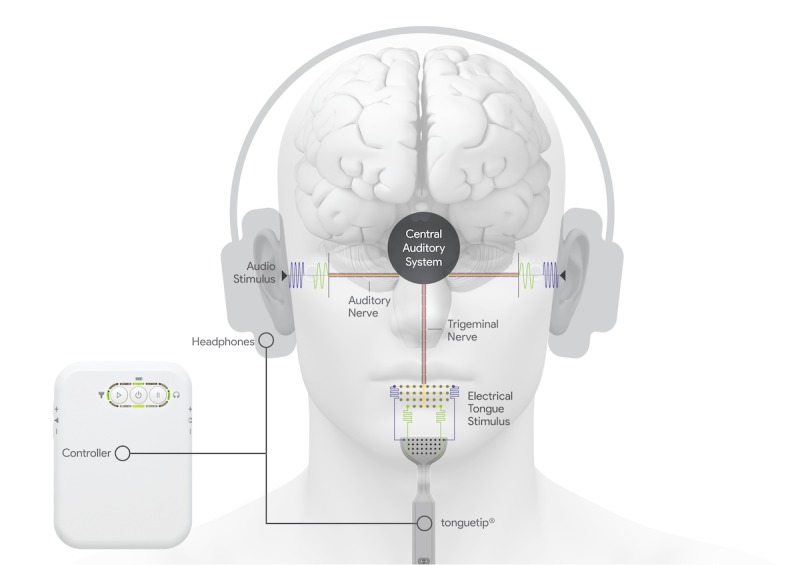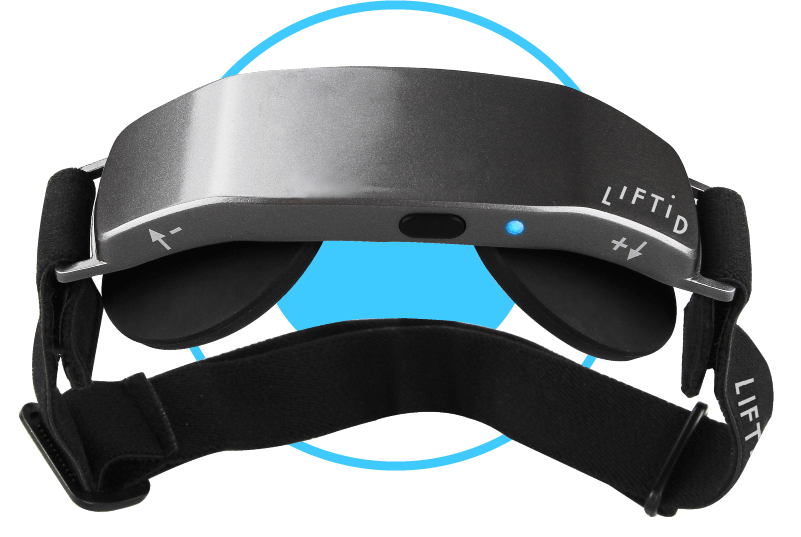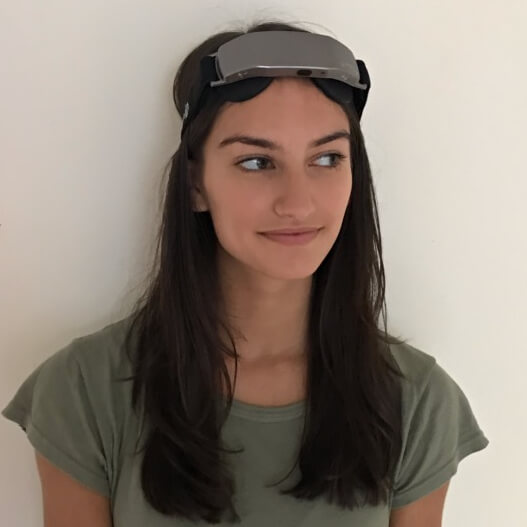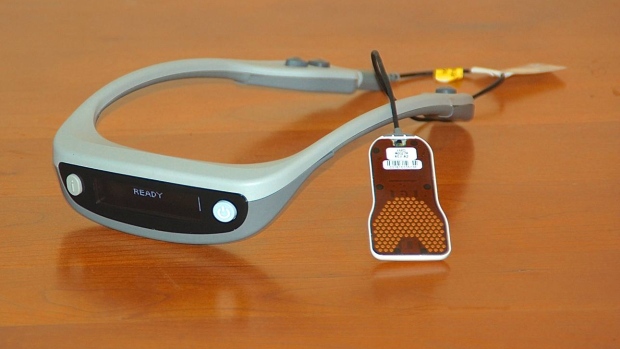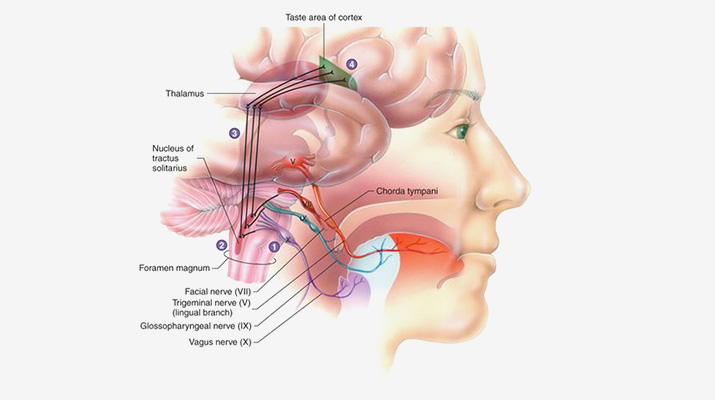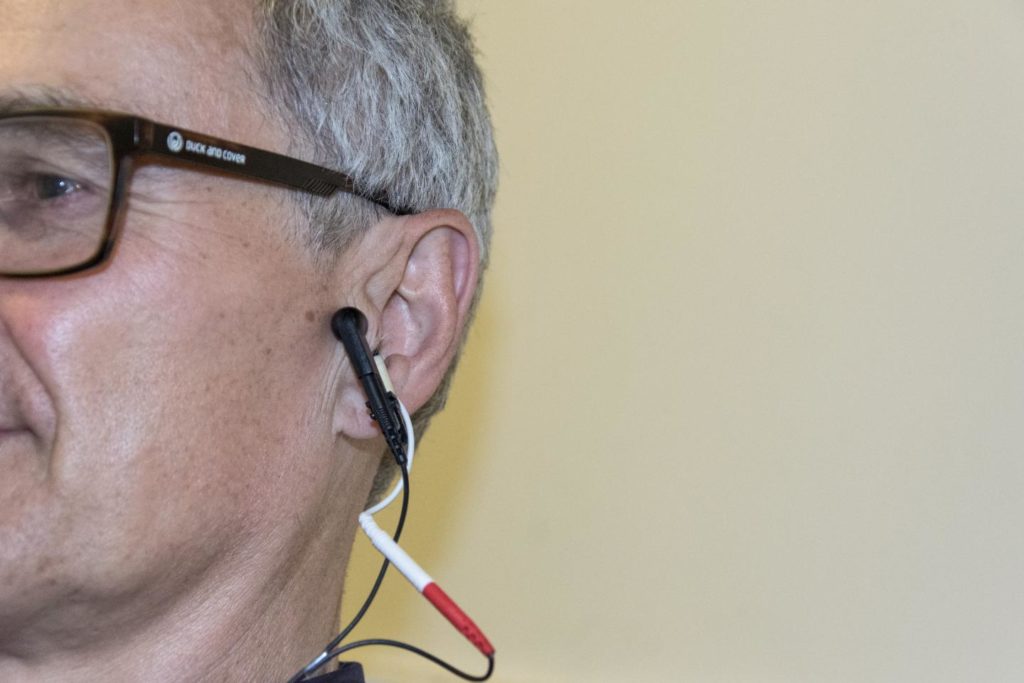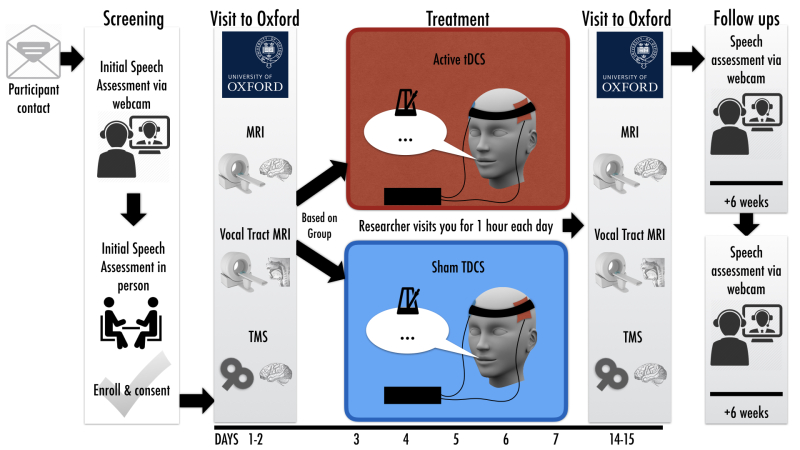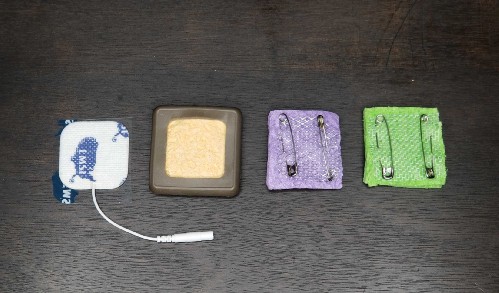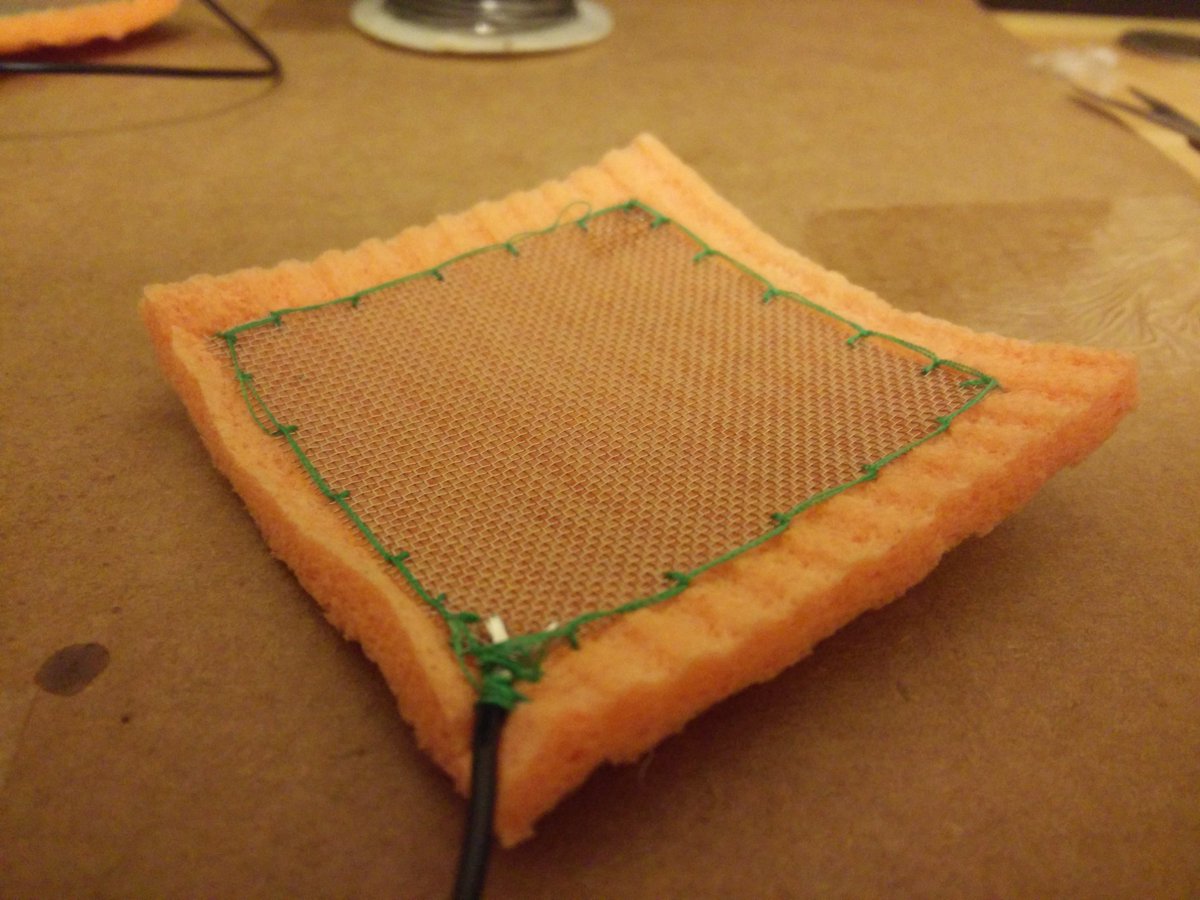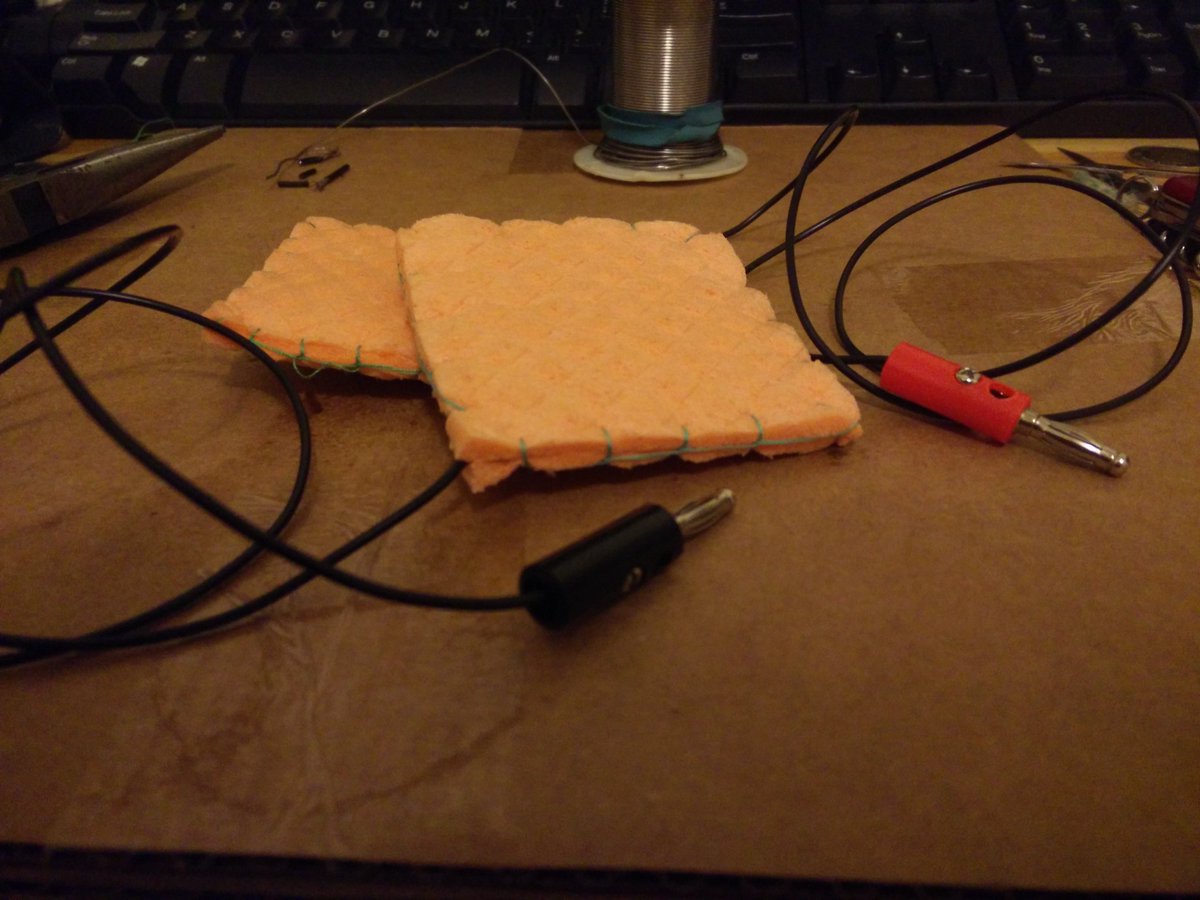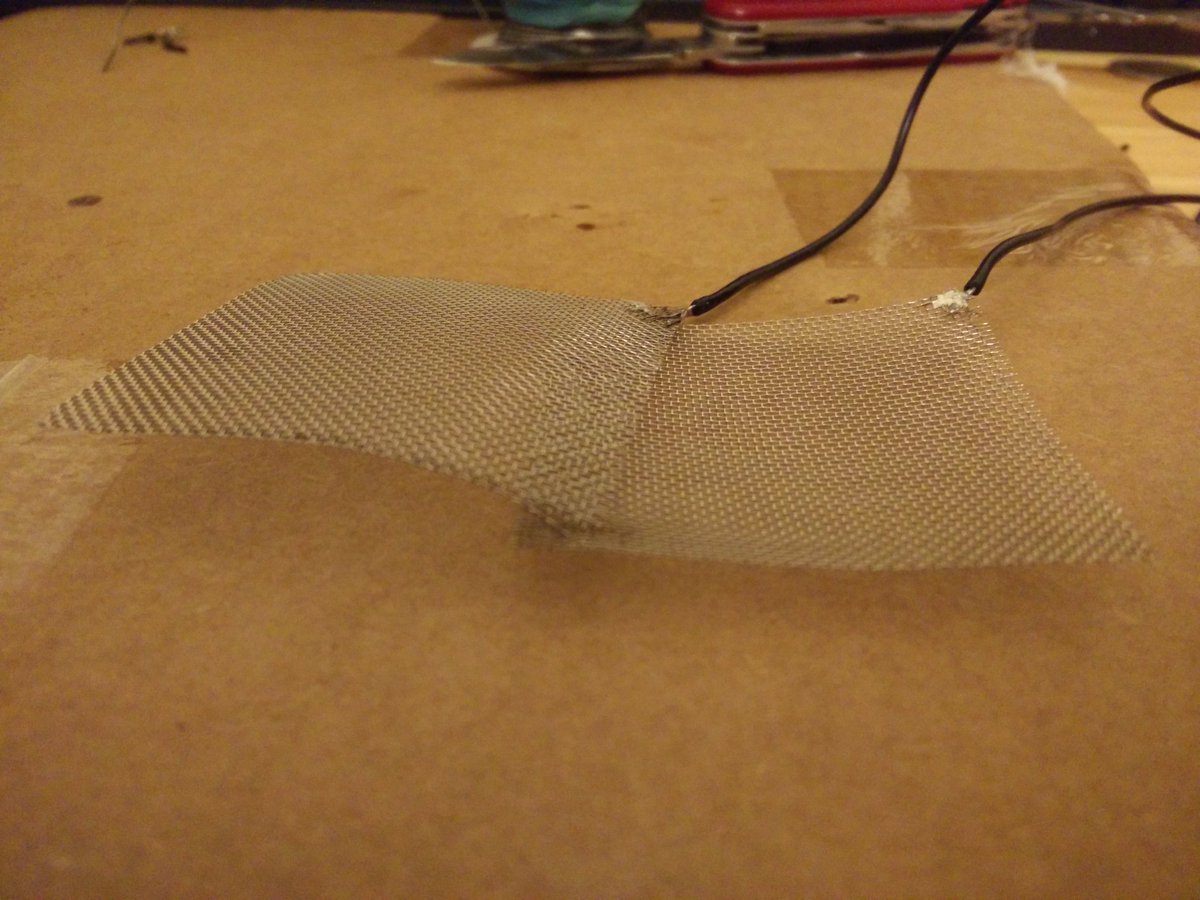New to DIYtDCS? This is the ‘start here’ collection of articles and posts.
- DIYtDCS Feed, last 50 articles https://www.diytdcs.com/feed/
- My Twitter feed focuses on breaking tDCS research. @DIYtDCS
- My Reddit account, where it’s okay to explore the fringes. DIYtDCS
- Recommended device? (29V / 2mA model. Promo code ‘diytdcs’ for discount)
- Best instruction video for C3/Motorcortex & F3/DLPFC electrode placement.
- Is this (tDCS for depression in pregnancy) the first ‘killer app’?
- Cognitive Enhancement with Noninvasive Brain Stimulation (video) Roy Hamilton MD
- Simple Montage list with electrode placement and research sources.
- Marom Bikson & Peter Toshev ‘Your Electric Pharmacy‘ (pdf excellent overview/intro).
- My podcast interviews, deep dives into tDCS with key players (iTunes link)
- tDCS SubReddit is where the action is. Now with tDCS FAQ!
- Dr. Brent Williams’ DIY device and protocol.
- Zap your brain into the zone: Fast track to pure focus
- Better Living Through Electrochemistry
- Clinical tDCS trials seek volunteers. All. Search. (Example: “tDCS AND Los Angeles”)
- Neuroscience: Brain buzz Nature Magazine
- DLPFC / F3 Locator (you’ll need a tape measure with Centimeters)
- Foc.us 3d tDCS Placements Guide Model
- NEW! Searchable database of tDCS studies tdcsDatabase.com
- 10–20 international system
- Kadosh The Stimulated Brain: Cognitive Enhancement Using NIBS

